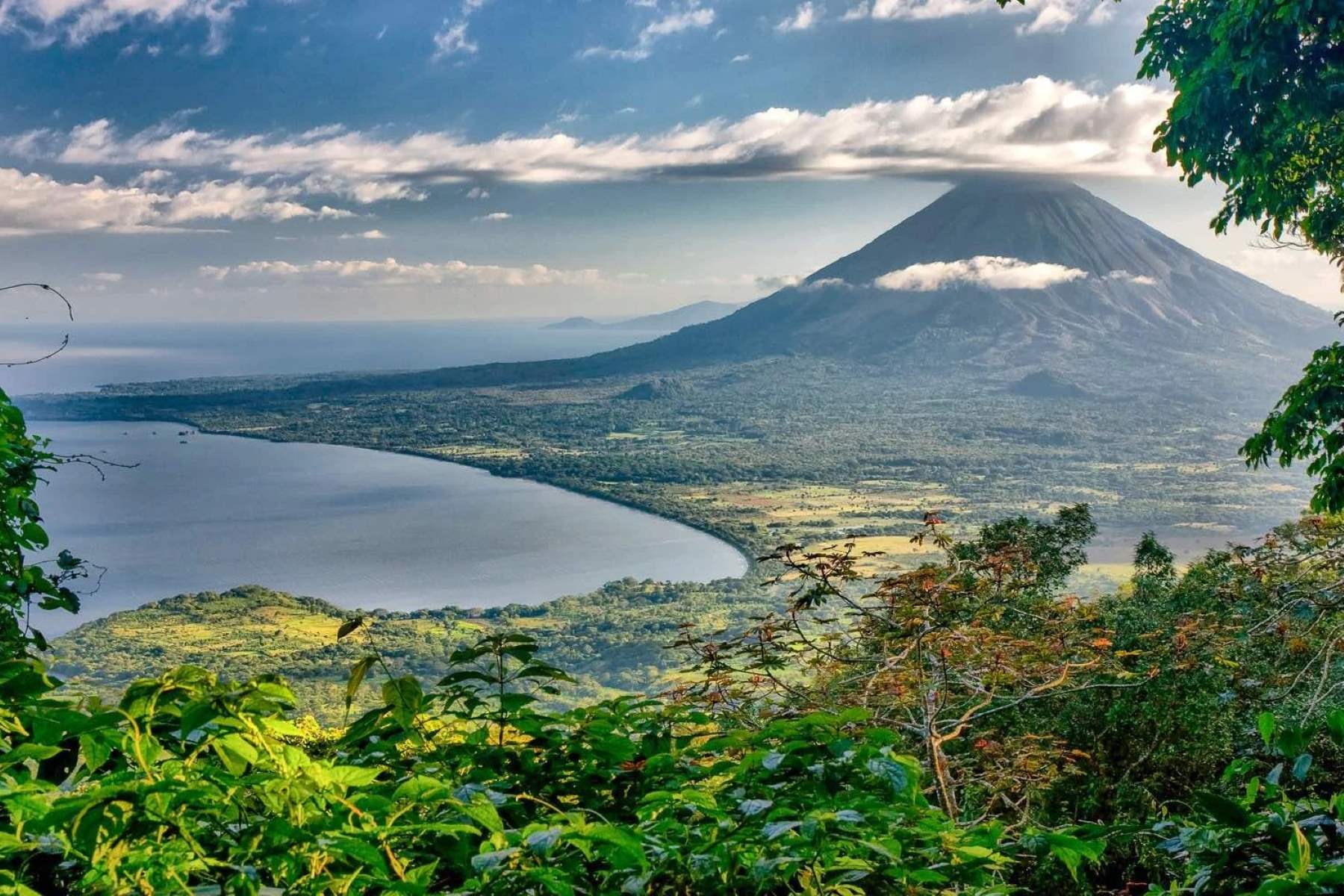
Lake Cocibolca, also known as Lake Nicaragua, is a natural wonder brimming with fascinating details. Did you know it's the largest lake in Central America? This freshwater giant spans over 3,100 square miles, making it a vital resource for Nicaragua. But that's not all—Lake Cocibolca is home to the world's only freshwater sharks, the bull sharks, which have adapted to live in both saltwater and freshwater. The lake also boasts over 400 islands, including the famous Ometepe Island, formed by two volcanoes. Intrigued yet? Let's dive into 30 amazing facts about this incredible lake that will leave you in awe.
Location and Size
Lake Cocibolca, also known as Lake Nicaragua, is a fascinating body of water in Central America. Its unique features and rich history make it a subject of interest for many.
- Lake Cocibolca is the largest lake in Central America, covering an area of approximately 8,264 square kilometers.
- It is the 19th largest lake in the world by area.
- The lake stretches about 177 kilometers in length and 58 kilometers in width at its widest point.
- Lake Cocibolca is situated at an elevation of 32 meters above sea level.
Unique Features
This lake has several unique characteristics that set it apart from other lakes around the world.
- It is one of the few freshwater lakes in the world that has sharks. The bull sharks in Lake Cocibolca are known to travel up the San Juan River from the Caribbean Sea.
- The lake contains over 400 islands, known as "isletas," which were formed by volcanic activity.
- Ometepe Island, located in the lake, is the largest volcanic island within a freshwater lake in the world.
- The lake's water is slightly brackish due to its connection to the Caribbean Sea via the San Juan River.
Historical Significance
Lake Cocibolca has played a crucial role in the history and development of Nicaragua.
- The lake was a significant part of the proposed Nicaragua Canal, which aimed to connect the Atlantic and Pacific Oceans.
- Spanish explorers first discovered the lake in the early 16th century.
- The lake was named "Cocibolca" by the indigenous people, which means "sweet sea."
- During the colonial period, the lake served as a major transportation route for goods and people.
Biodiversity
The lake's ecosystem supports a wide variety of plant and animal life.
- Lake Cocibolca is home to over 40 species of fish, including the famous bull shark.
- The lake's islands provide habitats for numerous bird species, including herons, egrets, and kingfishers.
- The surrounding wetlands are crucial for the survival of many amphibians and reptiles.
- The lake's waters support a diverse range of aquatic plants, which contribute to its rich biodiversity.
Economic Importance
Lake Cocibolca is vital to the local economy and the livelihoods of many Nicaraguans.
- Fishing is a significant industry on the lake, providing food and income for local communities.
- The lake is a popular tourist destination, attracting visitors with its natural beauty and recreational opportunities.
- Many of the lake's islands have been developed for tourism, offering accommodations and activities for visitors.
- The lake's water is used for irrigation, supporting agriculture in the surrounding regions.
Environmental Concerns
Despite its beauty and importance, Lake Cocibolca faces several environmental challenges.
- Pollution from agricultural runoff and untreated sewage threatens the lake's water quality.
- Deforestation in the surrounding areas has led to increased sedimentation in the lake.
- Invasive species, such as tilapia, have disrupted the lake's native ecosystem.
- Climate change poses a long-term threat to the lake's water levels and biodiversity.
Cultural Significance
Lake Cocibolca holds a special place in the hearts of Nicaraguans and is deeply embedded in their culture.
- The lake is featured in many Nicaraguan legends and folklore.
- Traditional festivals and ceremonies are often held on the lake's islands.
- The lake is a source of inspiration for Nicaraguan artists, poets, and musicians.
- Local cuisine often features fish and other products from the lake.
Conservation Efforts
Efforts are being made to protect and preserve Lake Cocibolca for future generations.
- Various organizations are working to reduce pollution and improve water quality in the lake.
- Conservation programs aim to protect the lake's unique biodiversity and habitats.
Fascinating Lake Cocibolca Facts
Lake Cocibolca, also known as Lake Nicaragua, holds a treasure trove of fascinating facts. It's the largest lake in Central America, covering over 3,000 square miles. This freshwater lake is unique because it's home to bull sharks, which have adapted to living in both salt and freshwater. The lake also boasts over 400 islands, including the famous Ometepe Island, formed by two volcanoes.
Historically, Lake Cocibolca played a crucial role in trade and transportation, connecting the Atlantic and Pacific Oceans via the San Juan River. The lake's rich biodiversity includes numerous fish species, birds, and even freshwater turtles.
Whether you're a nature enthusiast, history buff, or just curious, Lake Cocibolca offers something for everyone. Its unique ecosystem and historical significance make it a must-visit destination in Nicaragua. Dive into its wonders and discover the magic of this incredible lake.
Was this page helpful?
Our commitment to delivering trustworthy and engaging content is at the heart of what we do. Each fact on our site is contributed by real users like you, bringing a wealth of diverse insights and information. To ensure the highest standards of accuracy and reliability, our dedicated editors meticulously review each submission. This process guarantees that the facts we share are not only fascinating but also credible. Trust in our commitment to quality and authenticity as you explore and learn with us.


